I first came across Jeremy Dyson's The Haunted Book a year ago whilst surfing a well-known online retailer's book section. As a keen fan of much of Dyson's works - including his television writing and his previous book publications - I purchased the book before you could say "Download to Kindle". I did this with the expectation that Dyson would deliver his usual mixture of dark humour and unique way of telling a good ghost story. I had high expectations for this book.
It seems that the done thing today, is to present a ghostly narrative with an air of authenticity - whether you are watching the latest "found footage" film, "Ghostwatch"- style documentary, or - as in this case, writing a book about the supernatural.
The device here is that paranormal journalist Aidan Fox had proposed a collaboration with Jeremy Dyson in 2009, where he would provide the author with extensive source material to write the incidents as fiction. As part of his process of doing this, Dyson visits all of the haunted locations. Amongst the settings for each tale, we are taken to tunnels below Manchester, nuclear bunkers, derelict psychiatric hospitals and a library. Each setting is varied and effective in its function for Dyson's retelling of the paranormal tale.
Review: The Haunted Book
By Andreas Charalambous - 27th October 2013

We have ten wonderfully eerie stories that make up The Haunted Book. Each explores different conventions of ghostly narrative, and as you would expect when you are travelling the country investigating supposedly haunted locations, not all result in finding evidence of a ghost.
I am very tempted to discuss each case found within, but this would severely affect your experience of the book. What I will say, is that one of my favourites is A Wire To Gain, in which the surviving members of eighties rock band Zurau, reunite to complete an album in the very recording studio where a band member had previously had quite a horrible experience.
For the most part of the book, the author plays the role of narrator as he speaks directly to the reader. The introduction to the book explains Dyson's childhood fascination with true and fictional supernatural tales, and gives you an intimate view of his passion for this assignment. In addition, Dyson shares his thoughts with us on the people and the places that he is visiting, making the reader wonder if this information is historical or indeed fictional. This is a question you will be repeatedly asking yourself as you read on. The atmosphere and history of each case is captured wonderfully.
Dyson is a huge admirer of supernatural fiction writer Robert Aickman, and this is evident as you progress with the book. The Haunted Book not only serves to entertain the reader, but also to embody a creeping menace in the pages themselves. At one point, the book makes a sudden shift in direction (again, not wanting to spoil the experience for the reader) which puts the author firmly within his element. This reaches its crescendo as you approach the end of the book, where Dyson has one more surprise awaiting you.
It is quite difficult to comment too much more on The Haunted Book, as it is one of those books where not everything is as it first appears, and there is a very clever theme throughout.
In terms of my opinion of The Haunted Book, I will leave you with a screenshot of some social interaction I had with the author as soon as I had finished reading the book - a long time before I had decided to write this review.

The Haunted Book has been available since November 1st 2012 in Hardback and eBook editions.
The Paperback edition has recently been published.
Jeremy Dyson undertook some research for THE HAUNTED BOOK at Leeds Library. He decided to film the time he spent in this building, well-known for its ghostly happenings. These are those recordings